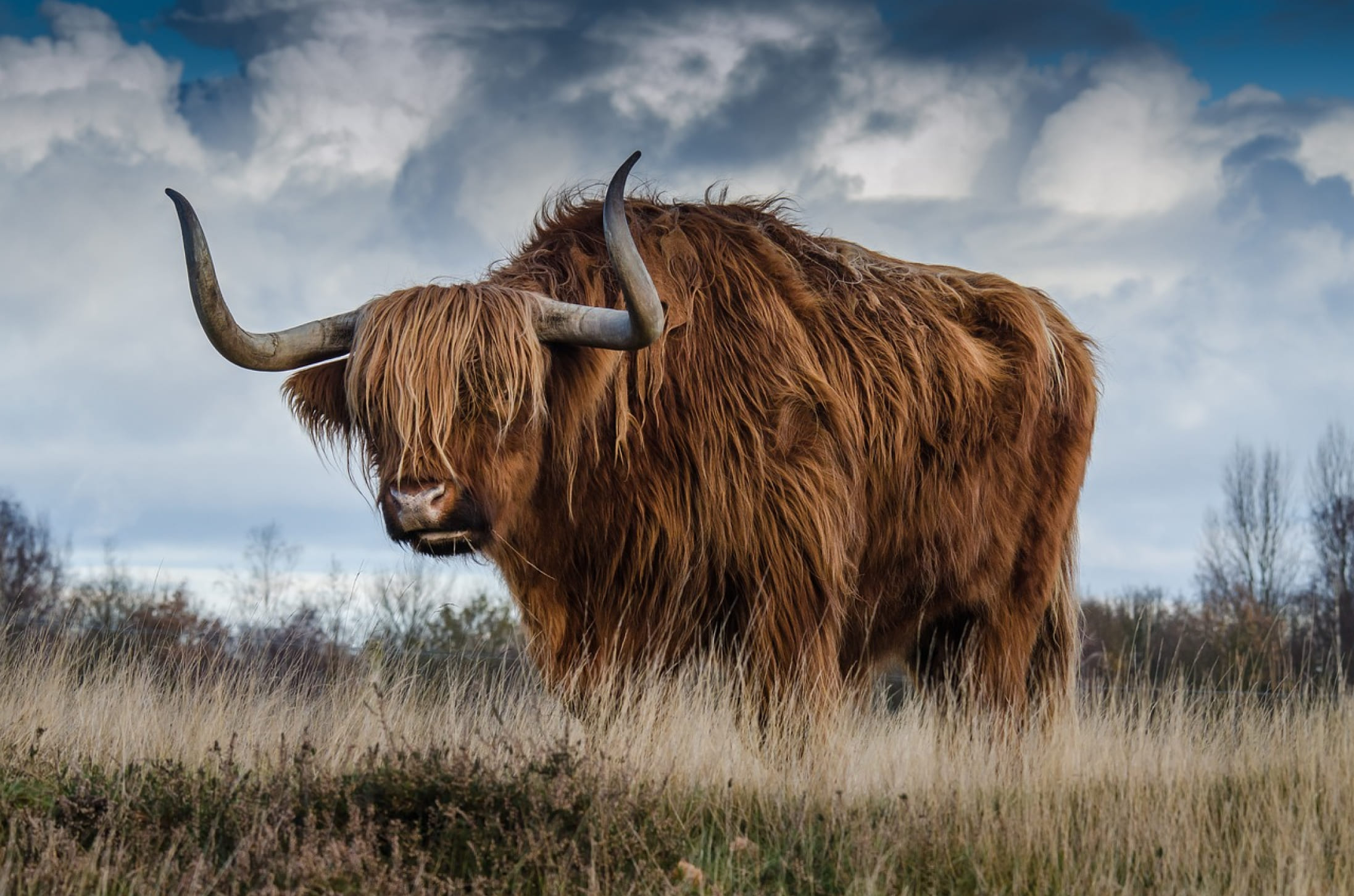
Climate change is one of the most pressing challenges of our time, affecting every aspect of life on Earth. Its impact on biodiversity is profound and multifaceted, leading to changes in species distribution, behavior, and ecosystem dynamics. Understanding these effects is crucial for developing effective conservation strategies and mitigating the consequences of climate change.
As global temperatures rise due to increased greenhouse gas emissions, many species are forced to adapt to new conditions or face extinction. Some animals and plants can migrate to cooler areas, such as moving toward higher altitudes or latitudes. However, not all species have the mobility or adaptability to relocate. For instance, species that inhabit specialized or isolated habitats, like mountain tops or islands, may have nowhere to go as their environments change.
Moreover, climate change can alter the timing of natural events, such as flowering, breeding, and migration. For example, warmer temperatures may lead to earlier flowering of plants, which can disrupt the synchronization between pollinators and the plants they rely on. This mismatch can result in decreased reproductive success for both plants and their pollinators, ultimately affecting entire ecosystems.
Ocean ecosystems are not immune to the effects of climate change. Rising sea temperatures and ocean acidification threaten coral reefs, which are highly sensitive to temperature fluctuations. Coral bleaching, a phenomenon where stressed corals expel the symbiotic algae that provide them with food and color, has become increasingly common. The loss of coral reefs has devastating consequences for marine biodiversity, as these structures provide critical habitat for countless species.
In addition to direct effects on species, climate change exacerbates existing threats to biodiversity. For instance, increased temperatures can facilitate the spread of invasive species, which outcompete native species for resources. Additionally, extreme weather events—such as hurricanes, droughts, and floods—can destroy habitats and disrupt the delicate balance of ecosystems.
To address the impact of climate change on biodiversity, it is essential to implement effective conservation strategies. This includes protecting and restoring habitats, establishing wildlife corridors to facilitate species movement, and enhancing the resilience of ecosystems through sustainable practices.
Mitigation efforts to reduce greenhouse gas emissions are equally important. Transitioning to renewable energy sources, improving energy efficiency, and promoting sustainable land use practices can help curb climate change and protect biodiversity.
In conclusion, climate change poses a significant threat to biodiversity, impacting species and ecosystems around the globe. By understanding these effects and taking proactive measures, we can work towards a sustainable future that preserves the rich diversity of life on Earth. Protecting biodiversity is not only crucial for the health of our planet but also for human well-being, as it underpins essential ecosystem services that support our survival.